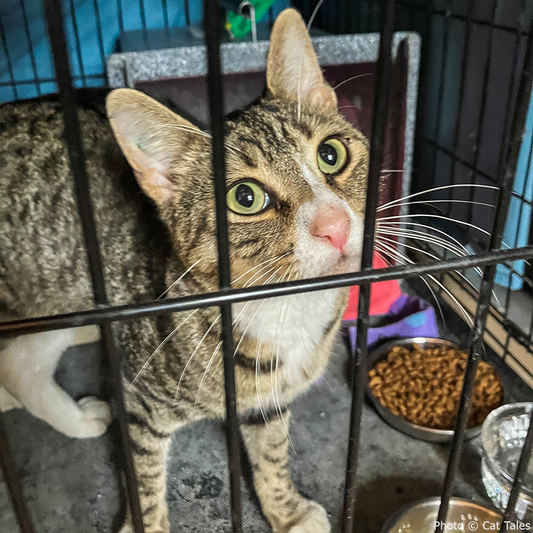Bird Deaths From Building Collisions May Be Much Higher Than Current Estimates
Michelle Milliken
Pixabay
Wild birds often fly into buildings, believing windows are open space, wanting to get to plants they see inside or reflected off the glass, or being drawn to the light during nighttime migration. A 2014 study estimated that there are between 365 million and just under 1 billion bird deaths caused by building collisions each year in the United States. It’s especially common at low rises and at homes. A new study finds this death figure may be a huge underestimation.
Research recently published in the journal PLOS One investigated how common it is for birds who initially survive a building collision to later die of their injuries, as death figures typically only include birds that die immediately or right after a collision.

Ar Kornreich, the study’s first author and Fordham University Ph.D. student, says, “I knew not all birds die immediately, and I wondered if there had been any research on birds that make it for a while before they die. It just seemed like a no-brainer that states should have that info.”
Getting more information on the topic involved studying records from more than 3,000 birds across 152 species that were brought into wildlife rehabilitators after being injured in a collision. The study showed that head trauma and concussion were very common in these birds, and about 60% of all of them went on to die. This suggests that building collisions lead to far more than 1 billion deaths each year.

The researchers say the findings underscore the importance of wildlife rehabs and conservation researchers working together to better understand the issue. This can help them better address it.
Kornreich says, “There’s a huge blind spot in those birds that hit buildings and survive, at least for a little while, and looking at rehabilitation data can help remove that blind spot and help us make more informed decisions about conservation and preventing window collisions for bird populations.
“But sometimes the rehab, scientific, and policy community’s transmission of information isn’t the most efficient. Some people in the scientific community look down on rehabbers and say they’re not really making a statistically significant difference, but I think that they are. They’re on the front lines of this crisis, so it is important to get their data and their viewpoints into this conversation.”

If you’d like to do what you can to limit bird collisions with your own home. Aububon offers some tips. Those include changing light around buildings by reducing its intensity, redirecting outdoor lighting downward, installing motion sensors so outdoor lights aren’t on all the time at night, and adding items to your glass windows and doors that don’t make them look clear. This may involve installing patterns with stickers and tape, making windows look opaque, or keeping blinds and curtains closed. Moving indoor plants away from windows is also a good idea.
Michelle has a journalism degree and has spent more than seven years working in broadcast news. She's also been known to write some silly stuff for humor websites. When she's not writing, she's probably getting lost in nature, with a fully-stocked backpack, of course.




















